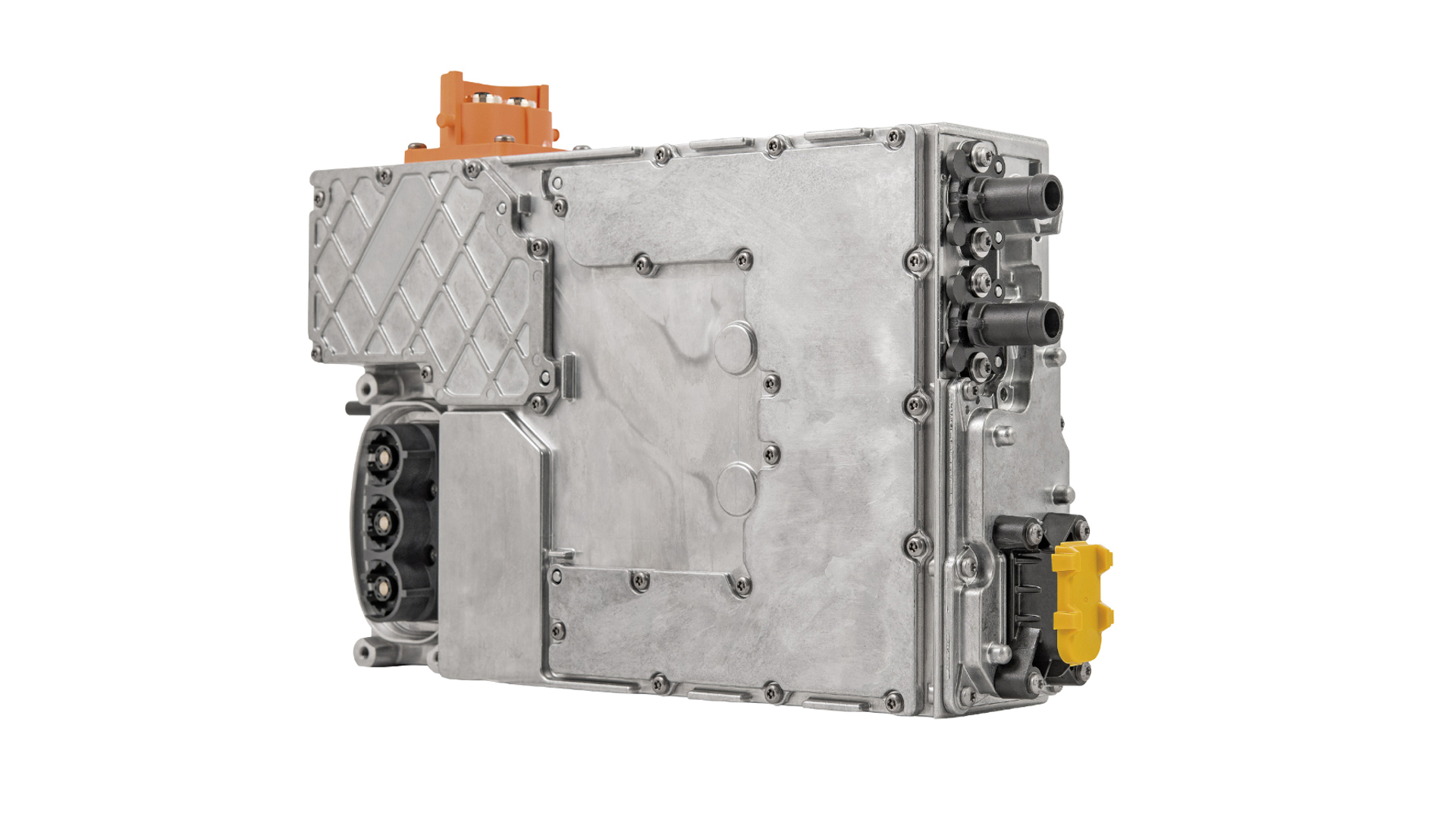


















.jpg?width=407&resizemode=force)




















The Vitesco Technologies Group became part of the Schaeffler Group as of October 1, 2024, due to the merger of Vitesco Technologies Group AG into Schaeffler AG.
Please note: Legal or actual changes since October 1, 2024, are therefore no longer reflected in the content of the website.
As the website is no longer updated, we assume no liability for the content of this website, or the linked websites contained therein. The operators of the linked sites are solely responsible for their content.
Irrespective of this, you can still find the current BPCoC and the General Terms and Conditions of Purchase at Vitesco Technologies - Suppliers (vitesco-technologies.com)
Under the following link you will find the current Schaeffler website:



















.jpg?width=407&resizemode=force)





















A Digital Twin (DT) is a virtual representation of a physical object, process, or system. This digital counterpart allows real-time monitoring, analysis, and simulation to better understand and optimize its real-world counterpart. By leveraging sensors, data analytics, and IoT technologies, the DT provides insights into the condition, performance, and behavior of the physical object. Companies across various industries, from manufacturing to automotive to urban planning, use DTs to enable more efficient operations and informed decision-making (e.g. predictive maintenance). Within automotive, Digital Twins can be used for several applications.
Suppliers or OEMs can use DTs to optimize manufacturing processes and logistics but also for life cycle and optimization considerations, when hardware components have software interfaces to collect data from them. For example, in terms of life cycle engineering a component with a serial number can be tracked starting with its manufacturing, which includes quality tests and can be later monitored when in the field or for batteries even during a 2nd life application.
The collected data can also be used for predictive maintenance applications, which is of special interest for 24/7 operating vehicles like autonomous commercial vehicles. The field data is also very useful for new R&D projects. Besides, product development can be enhanced tremendously if a DT of the product exists (e.g. virtual ECUs and lifetime simulation of components) and mechanical, electrical and thermodynamic behavior are part of the DT. Using DTs already during development can therefore help validate new features (e.g. software) before the final release and thus reduce development time.
